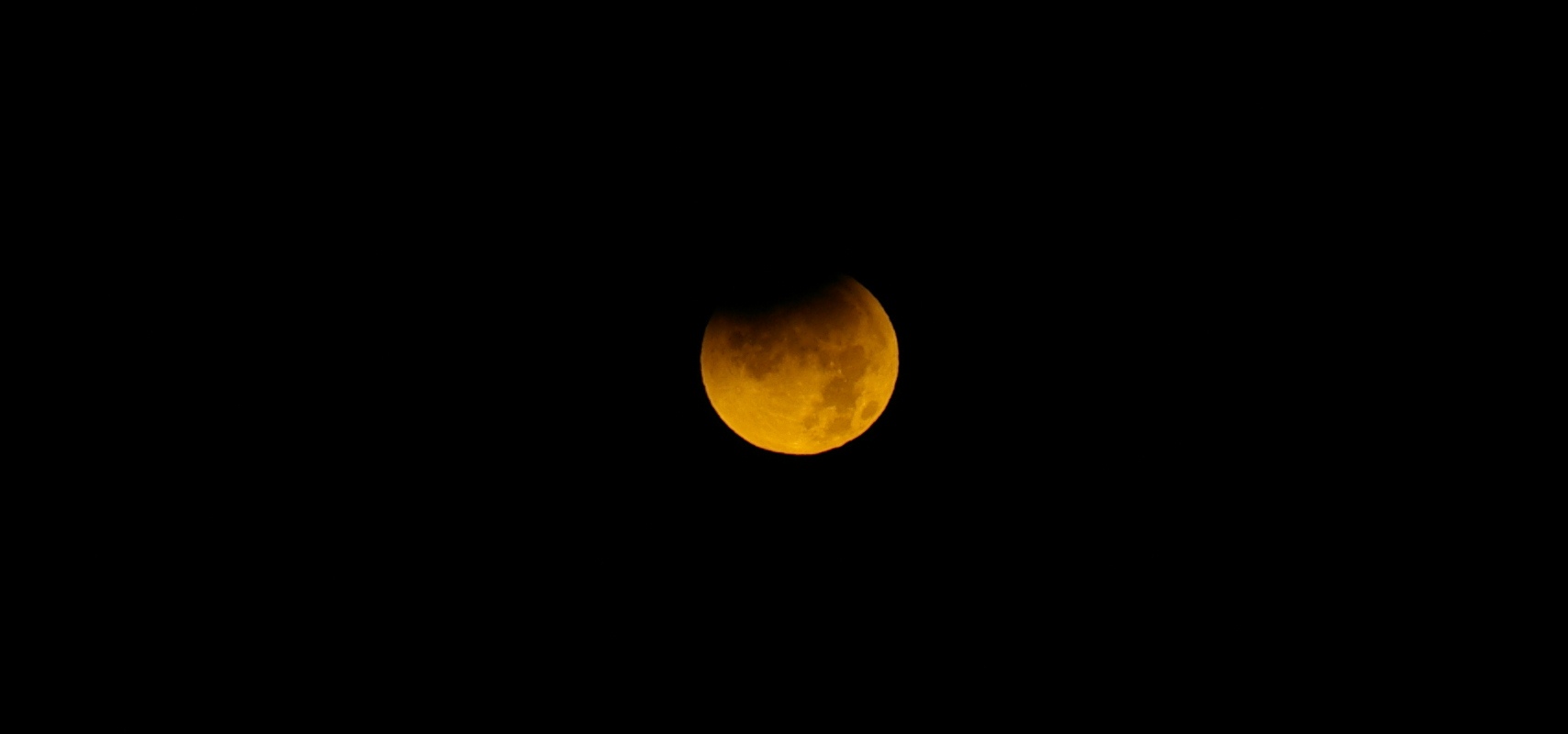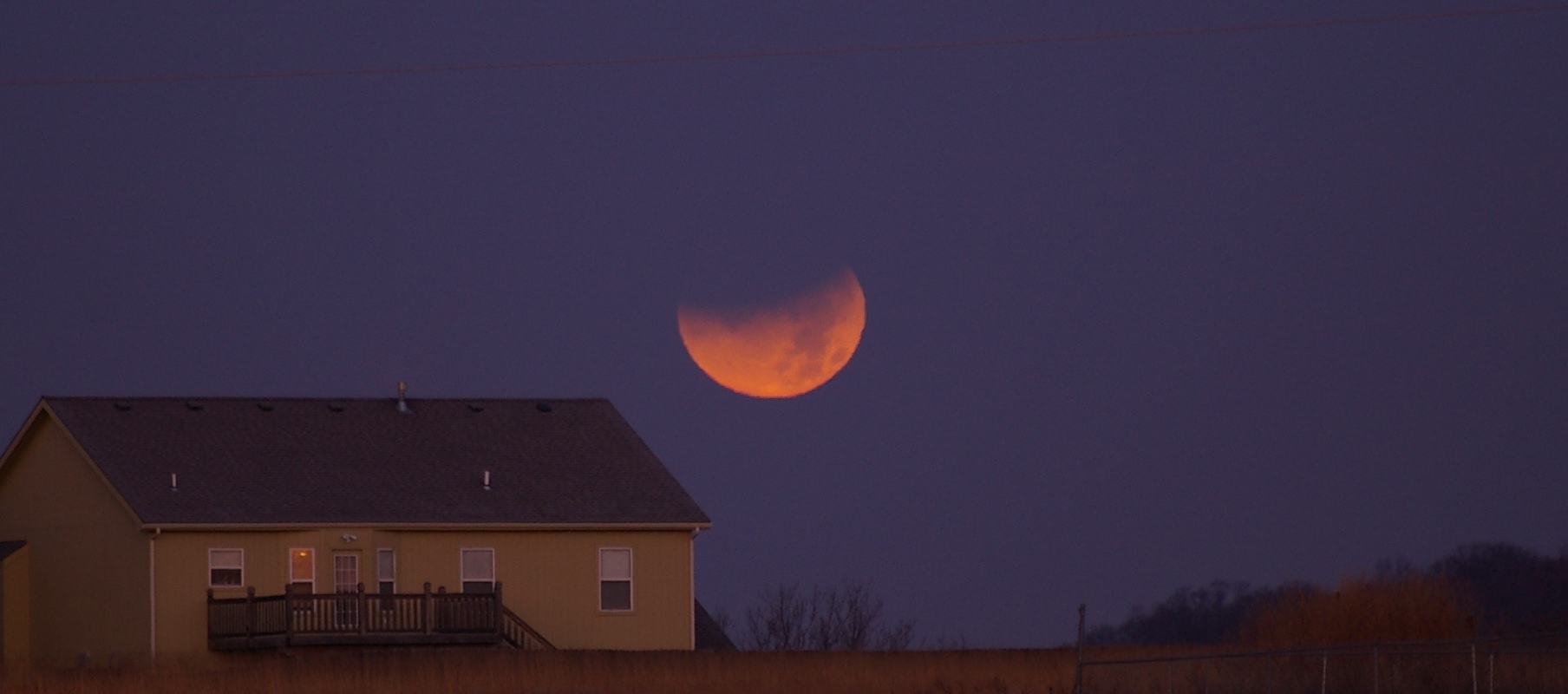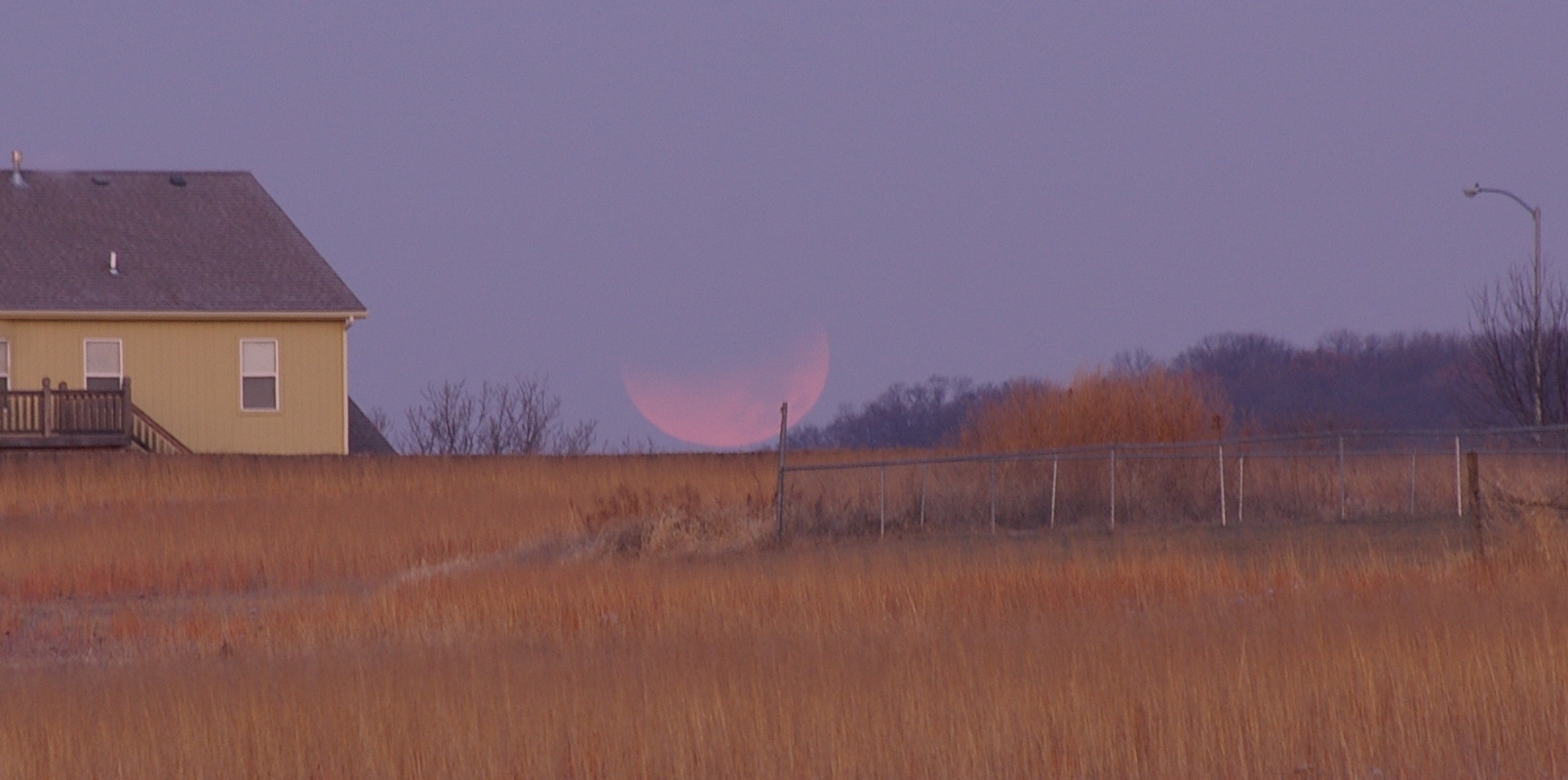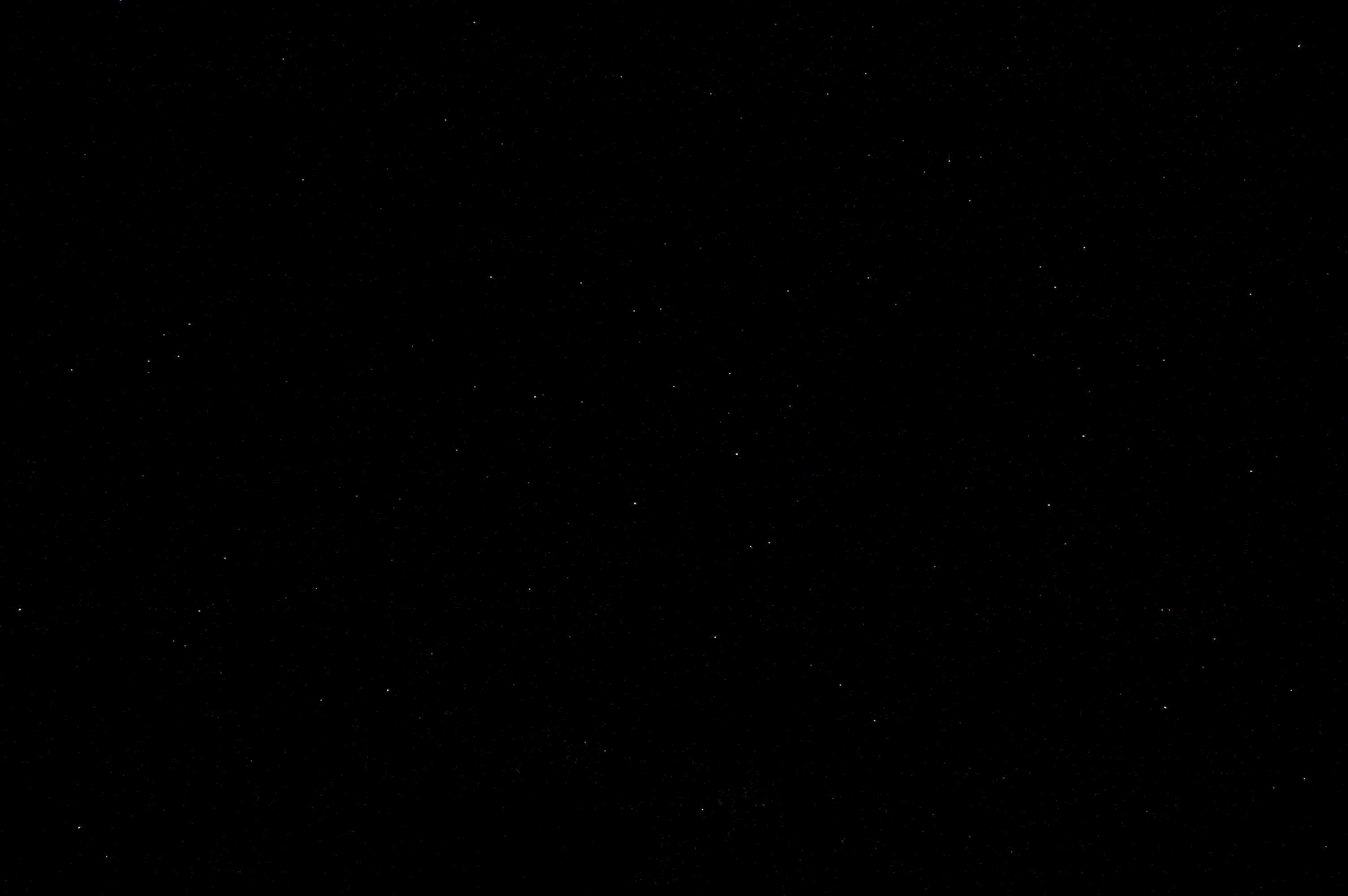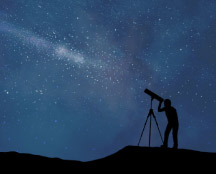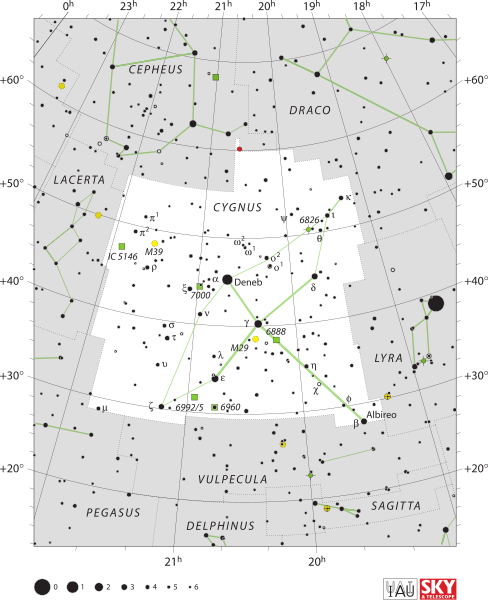I almost overslept this morning. Saturday mornings are like that. Especially when you stay up late to watch a DVD. But something snapped me awake at 5:45 a.m. Probably my daily weather alert text message. I jumped out of bed, ran downstairs and yanked open the patio door. A full moon shone brightly through the bare branches of my backyard silver maple. Good, I still had time to get dressed, steep some tea and throw the tripod and camera in the car. Too bad I forgot my coat, scarf and gloves since the temperature hovered just below or around twenty degrees.
I drove west from my house, watching the moon dip slowly closer to the western horizon. I could still see the brightest stars and Jupiter, but the eastern horizon showed signs of the impending dawn. I continued north along Desoto Road and again west on Eisenhower until I approached an industrial business park. I drove down to the end of the street, but didn’t like the look of the western horizon because the cul-de-sac turnaround had lowered in elevation from Eisenhower Road and trees grew to the west, blocking my line-of-site to the horizon. I retraced my route back to Eisenhower and continued west to 20th street. I found a west facing driveway that dead ended in a clear field with no trees to the west (just a new housing development huddled on the horizon). I setup the tripod and took a few preliminary shots to dial in the camera and decide what settings to use (AWB, shutter, aperture, delayed shutter to minimize shake, etc.)
 I got settled down a couple of minutes before the official start of the eclipse. According to the Earthsky post on the lunar eclipse, the official beginning of the event started at 12:46 UTC (that’s 6:46 am Central time for me). The total eclipse would occur at 14:57 UTC (or 8:57 a.m. Central) which unfortunately for me was ninety minutes after the moon set. According to the Old Farmer’s Almanac site (which I checked before leaving the house), moonset would occur at 7:29 a.m. Interestingly, the sunrise would occur one minute before moonset, an indication that we are very close to the Winter Solstice (within ten to eleven days to be precise).
I got settled down a couple of minutes before the official start of the eclipse. According to the Earthsky post on the lunar eclipse, the official beginning of the event started at 12:46 UTC (that’s 6:46 am Central time for me). The total eclipse would occur at 14:57 UTC (or 8:57 a.m. Central) which unfortunately for me was ninety minutes after the moon set. According to the Old Farmer’s Almanac site (which I checked before leaving the house), moonset would occur at 7:29 a.m. Interestingly, the sunrise would occur one minute before moonset, an indication that we are very close to the Winter Solstice (within ten to eleven days to be precise).
I spent the next forty-five minutes snapping photos every five or ten minutes. My dad called me just before seven o’clock, asking me if I’d found a spot. I told him where I was and sheepishly admitted I had forgotten appropriate attire for the cold conditions. Of course, I sat snugly in my car with the motor running and the heater cranked to eighty degrees while sipping my piping-hot tea.
Just a couple of minutes before the mostly eclipsed moon kissed the western horizon, my dad drove up and brought me a jacket and a pair of gloves. To be honest, I hadn’t noticed the cold in my excitement to capture the last few minutes of the eclipse. We chatted for a few minutes, then loaded up the photographic equipment into my car. I returned the jacket and gloves to my dad and we parted ways. He headed north on 20th street, and I returned south to Lansing. I promised Dad I’d upload the photos once I got home. (Follow this link to the raw/uncut/unedited photos I took this morning of the lunar eclipse).
I’ll leave you with what I judge to be the best of the bunch. I only cropped them. I decided against adjusting for brightness or contrast as I don’t have any photo editing software (beyond what comes with Windows 7 and Office 2010). I hope you enjoy them. I’m off to run some errands. Enjoy!


